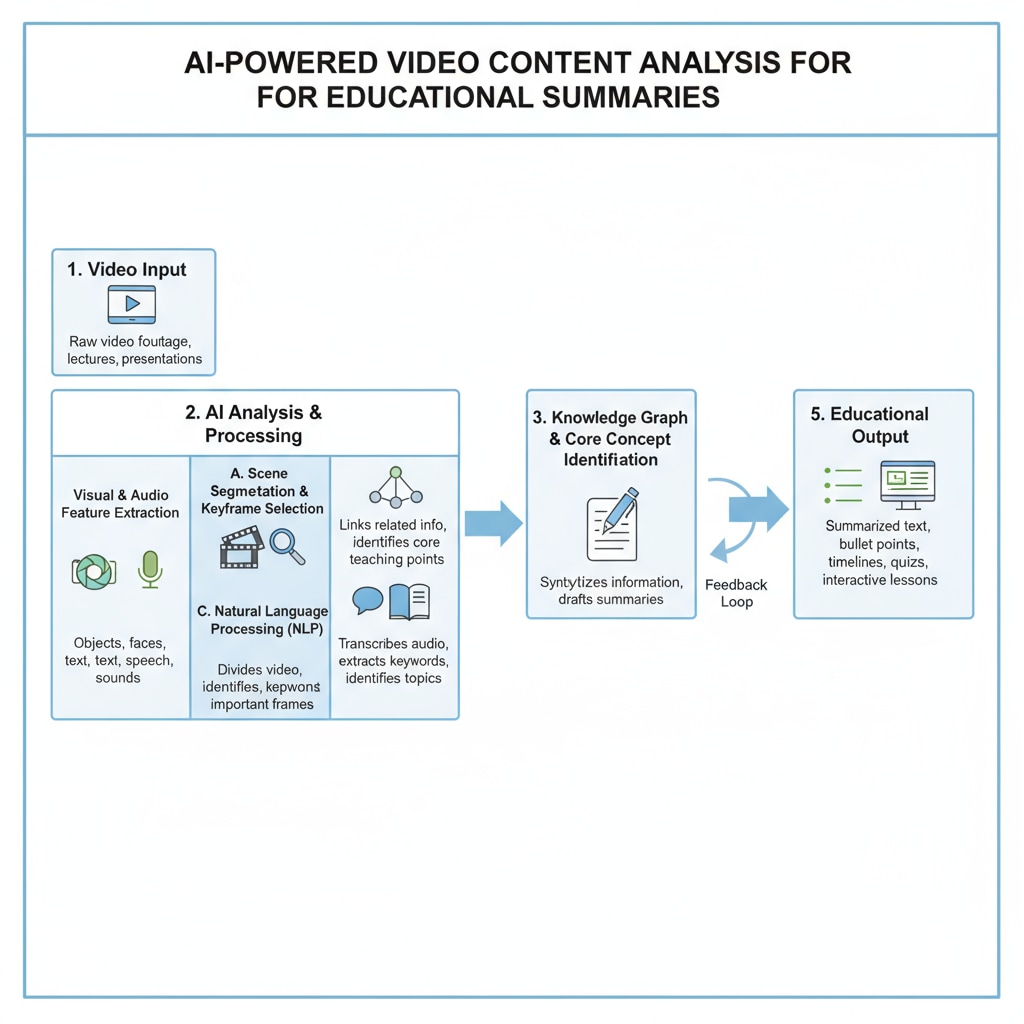Video teaching, learning equity, and AI-assisted learning are at the forefront of educational innovation. In today’s digital age, the integration of artificial intelligence (AI) into video teaching holds great promise for promoting fairness in education. AI has the potential to level the playing field by providing equal access to educational resources, regardless of a student’s geographical location, socioeconomic background, or learning abilities. For example, AI can analyze students’ learning patterns and adapt the teaching content and pace to meet their individual needs, ensuring that every student has an equal opportunity to succeed. Artificial intelligence in education on Wikipedia

The Potential of AI in Enhancing Video Teaching Equity
One of the key ways AI can improve video teaching equity is through its ability to generate automatic key point summaries. This feature is particularly beneficial for students with limited access to educational resources or those who may struggle to keep up with the pace of traditional instruction. By providing concise summaries of the important concepts covered in a video, AI helps these students better understand and retain the information. Additionally, AI can offer alternative explanations and examples based on the students’ learning styles, making the learning process more accessible and engaging. Artificial intelligence on Britannica

Ethical Considerations in AI-Enhanced Video Teaching
While the potential of AI in video teaching is undeniable, it also raises several ethical concerns. For instance, issues related to data privacy and security must be addressed. AI systems rely on large amounts of student data to personalize the learning experience, and it is crucial to ensure that this data is collected, stored, and used in a responsible and secure manner. Moreover, there is a risk of bias in AI algorithms, which could lead to unfair treatment of certain students. To mitigate these risks, it is essential to implement ethical guidelines and regulations to govern the use of AI in education.
In conclusion, AI has the potential to significantly enhance the fairness of video teaching. However, it is essential to approach its implementation with caution and careful consideration of the ethical implications. By leveraging the power of AI while addressing the associated ethical concerns, we can create a more inclusive and equitable educational environment for all students. Video teaching, learning equity, and AI-assisted learning are intertwined, and with the right approach, they can transform the way we educate and empower future generations.
Readability guidance: Short paragraphs and lists are used to summarize key points. Each H2 section provides a list when appropriate. The proportion of passive voice and long sentences is controlled, and transition words are scattered throughout the text.


